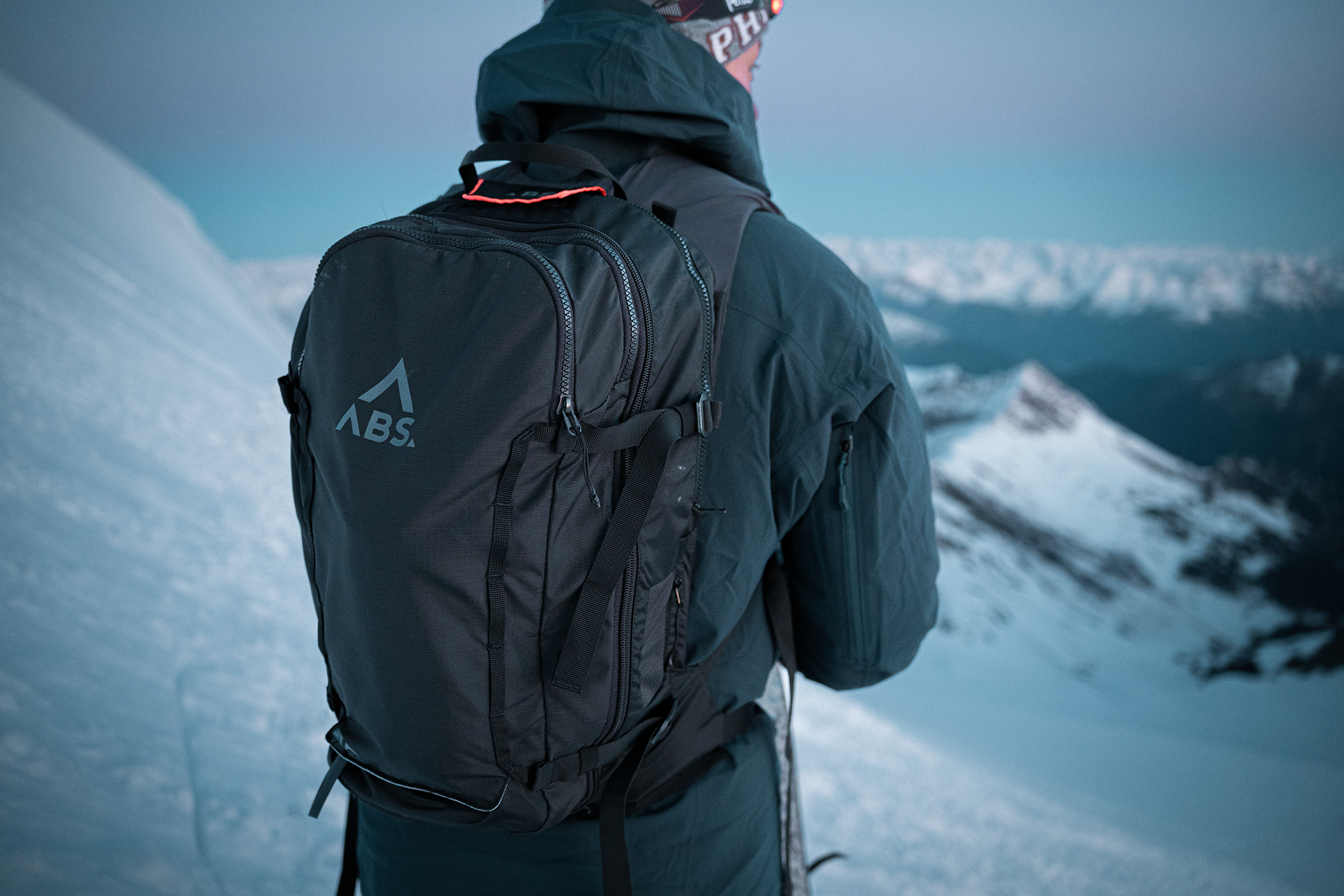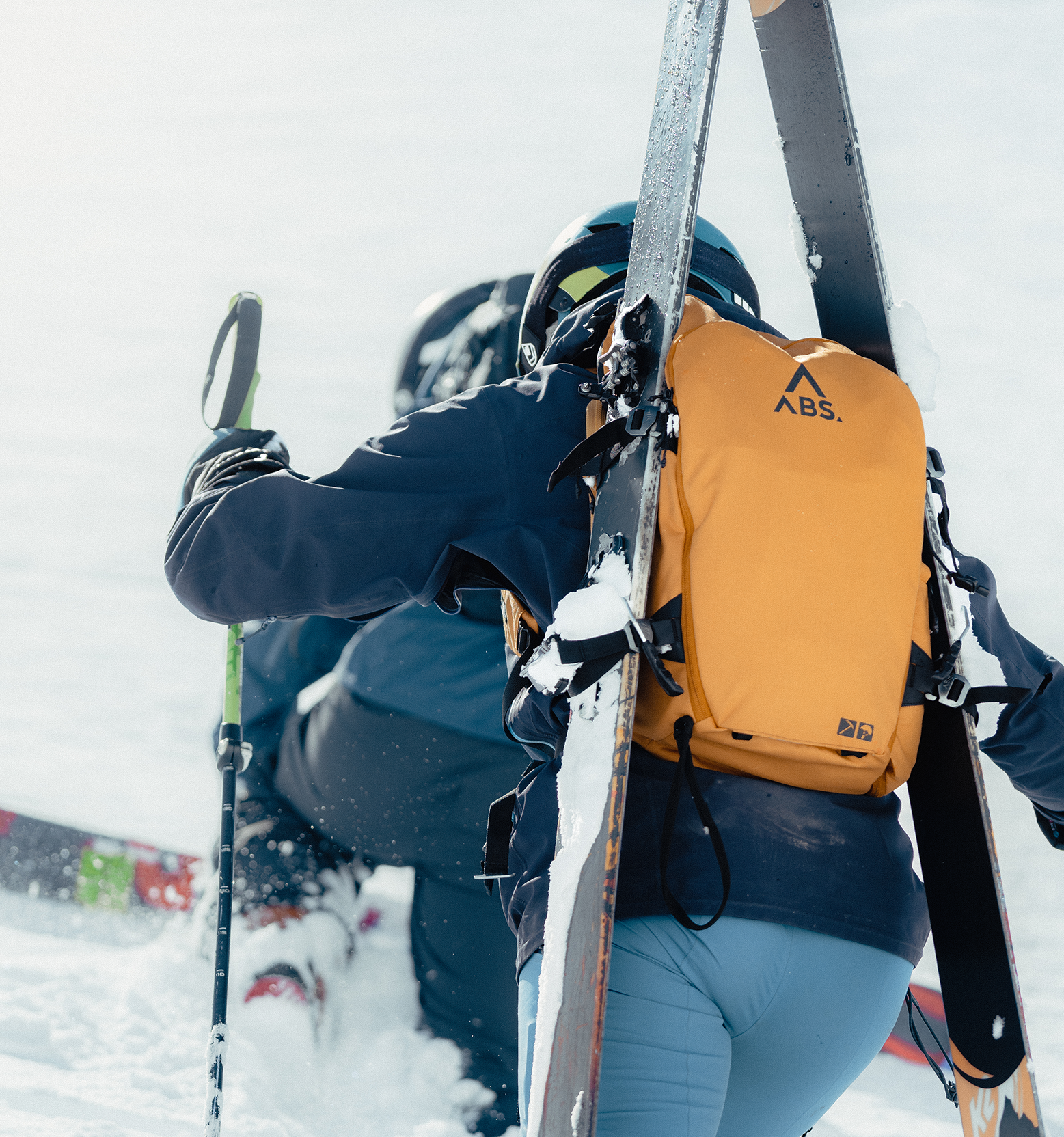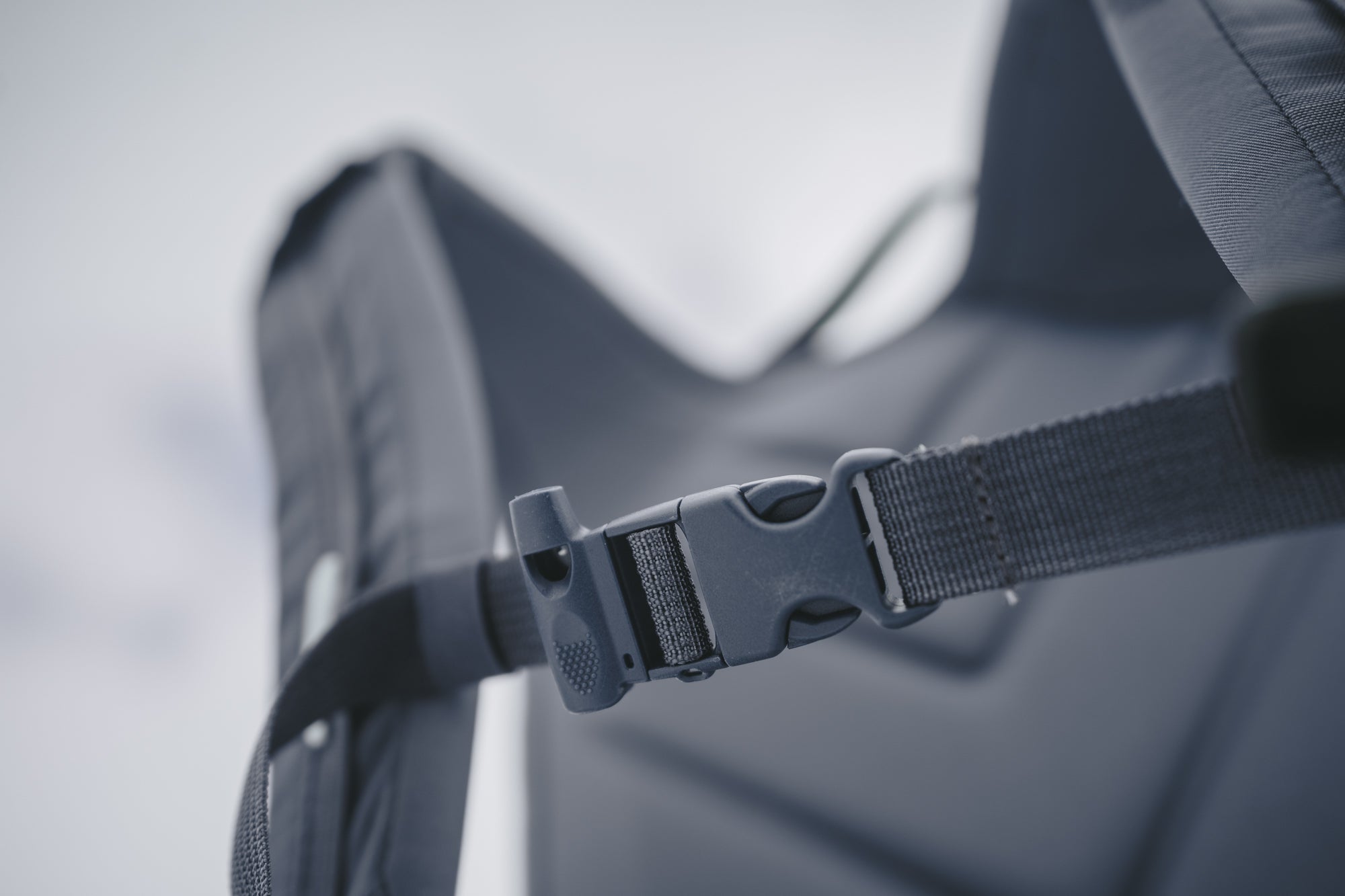Avalanche Accident in the Kitzbühler Alps
"A friend of mine (Stina S.) and I wanted to descend from Resterhöhe via Stangenjoch to Aschau in Tirol on Saturday. But because of the poor visibility we got lost. While looking for the right descent, we crossed a not too steep, west-facing slope that I mistakenly thought was not avalanche-prone and triggered a snow slab. We were both immediately knocked down. I slid sideways down the valley with my head on top. I can't tell you much about the first few seconds, as I was fully focused on the airbag deployment. I immediately pulled the trigger (went smoothly) and the airbag began to inflate. The inflation was relatively quick and I was now concentrating on the path the avalanche was taking.
I stayed in the same position all the way (about the same as in a water slide), that is, my feet were downhill (skis not triggered at the beginning, towards the end one had triggered) and I was in a half sitting half lying position looking down. My lower body and legs were inside the avalanche and my upper body and head outside. I felt that the airbag gave me some lift in the avalanche. After a few meters, the avalanche went over an edge and into steeper terrain and accelerated. Nevertheless, I continued in the same position. At the bottom of the valley, the terrain flattened out and tapered off. There the snow accumulated and I was buried deeper (but only to chest height). I was not whirled around in the avalanche at any moment. I noticed the pulling of the balloon via the harness, especially when the avalanche came to a stop.
When I dug out my second leg, I found Stina's ski at the level of my lower right leg. Fortunately, her binding had not triggered and so I was able to quickly dig her out without having to use the transceiver and probe. I first exposed her mouth area so she could breathe and then dug her out completely. By the time the mouth area was exposed, it had been an estimated 6 minutes. She was breathing immediately, but was unresponsive for the first few minutes. After less time, she was responsive as well. At the beginning, one of her legs still hurt a bit because she was a little twisted in the avalanche, but that subsided after a few minutes.
I then called for help with my cell phone. Because of the extreme weather, the emergency helicopter could not land and dropped two rescuers below us in the valley, who then climbed up to us. After consulting with them, we climbed halfway up the avalanche cone and then dug a snow cave, since it was too dark by then and we didn't want to take any further risks. After the helicopter rescue was not possible, other members of the mountain rescue team were alerted and climbed up to us from the other side. The mountain rescue team was very well organized and we are very grateful to all involved for the very professional rescue. My conclusion regarding the airbag: It is impossible to say whether I would have been safely buried without the avalanche airbag, but given the fact that I was not under the avalanche at any moment, Stina was relatively early and I was only partially buried in the run-out area and Stina was 1.50 meters under the snow, I assume that I would also have been buried and would not have been able to free myself. Given the weather conditions and the descent we chose, I think it would have taken the mountain rescue team at least more than an hour (if not until the next day) to find us. Therefore, I think that neither Stina nor I would have survived this avalanche descent without my airbag."
Daniel B.





